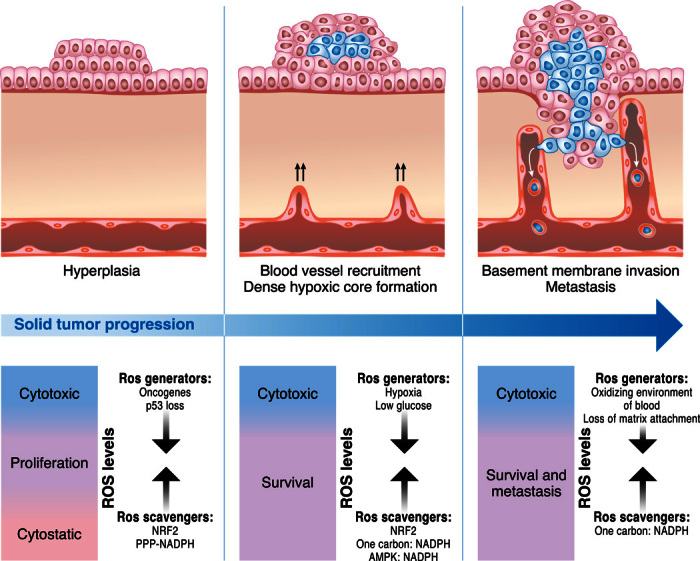Fig. 4. Cancer cells maintain redox balance.

Cancer cells have increased rates of ROS production due to activation of oncogenes and loss of tumor suppressors that promote signaling pathways supporting proliferation and survival. However, cancer cells prevent the buildup of ROS to levels that incur damage by increasing antioxidant capacity through induction of NRF2-dependent genes and, in glucose replete conditions, the use of PPP to generate NADPH. As cells encounter hypoxia and low glucose due to limited vasculature accessibility, the levels of ROS further increase, requiring AMPK and one-carbon metabolism to enhance NADPH production to raise antioxidant capacity. Loss of matrix attachment and escape of cancer cells into the blood for dissemination to distant sites incur further increases in ROS levels, which require additional enhancements of antioxidant defenses to avoid cell death. It is important to note that too little ROS or too high steady-state ROS levels within cancer cells result in failure for solid tumor progression and metastasis.
